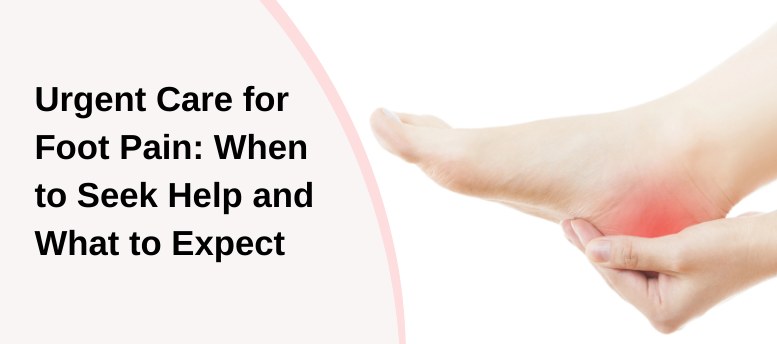The absolute worst thing you can do is to ignore an infection on your feet. Untreated infections of any kind can lead to serious, and sometimes deadly, health problems. Infections in the feet are no different. Foot infections not only lead to more severe complications, but can affect your mobility and overall quality of life. Untreated foot injuries, from superficial cuts to deep wounds, can open the door for more severe – and even life threatening – issues like abscesses, chronic ulcers, and even gangrene. If you have any type of foot injury, it’s crucial that you understand how an infection starts and how quickly it can become serious, as well as the potential dangers of ignoring any sign of infection.
Progression of Infection
A foot infection most often begins with a cut or wound on the foot. When bacteria gets into broken skin, an infection can quickly develop. Although a little redness or swelling may seem like a minor issue and nothing to worry about, these symptoms can progress very quickly into something much more severe. Ignoring it can lead to redness that spreads, intense pain and the formation of pus. If not treated with proper care right away, these symptoms can turn dangerous in a hurry, making early treatment crucial for not only your foot, but your overall health.
Abscess Formation
One of the most common complications of an untreated foot infection is the formation of an abscess. An abscess is a painful buildup of pus that your body forms as a defensive reaction of the tissue to a bacterial infection. Abscesses require urgent care for foot injury to prevent the infection from getting into the bloodstream and spreading to other parts of the body. This is a condition known as sepsis, and can be extremely dangerous – or even fatal.
Chronic Ulcers and Gangrene
Chronic ulcers are open sores that just don’t seem to heal or keep coming back. They’re often caused by long-term pressure on the foot, which is especially common in people with diabetes who have neuropathy (that’s nerve damage). Like any other trauma to the foot, ulcers can get infected and that can lead to more serious issues like gangrene—where body tissue dies because it’s not getting enough blood or because of a severe infection. Gangrene is an extremely serious condition and may lead to amputation if it’s not treated quickly.
Impact on Mobility and Quality of Life
An untreated foot infection not only adversely affects your mobility, it can have detrimental effects on your overall quality of life. The pain and discomfort can greatly reduce your activity levels because walking becomes difficult. A sedentary lifestyle can lead to a host of other health problems like obesity, heart disease, and diabetes. If the infection gets bad enough, it can cause long term damage to your foot. That could mean you need ongoing treatment or even surgery.
Preventive Measures
As the saying goes, prevention is always better than cure. The same is true when it comes to foot infection treatment. Some effective strategies to prevent foot infections from ever starting include:
- Proper Foot Hygiene: Regularly wash and dry your feet to keep them clean and free from infection.
- Appropriate Footwear: Wear shoes that fit well and protect the feet from injuries.
- Regular Inspections: Especially for those with diabetes, inspect your feet daily for cuts, blisters, or sores.
- Immediate Care: Treat any foot injury or anomaly promptly to prevent complications. The Urgent Care for Feet website provides valuable resources on how to care for foot wounds.
Conclusion
Ignoring a foot infection can have serious, life-changing consequences. It’s important to spot the signs early on, understand the potential complications, and take steps to prevent them. Keeping your feet healthy is crucial. For more tips on managing foot injuries and finding care near you, check out Urgent Care for Feet. Remember, acting quickly can make a huge difference in keeping you mobile and improving your quality of life. For more information on managing foot injuries and accessing local care, visit Urgent Care for Feet.




